Analog photography
A gateway to another world

The Mamiya C330, much like the legendary Rolleiflex, is a twin-lens reflex (TLR) medium-format camera, known for its 6×6 square format and unparalleled image quality. But beyond the technical specs, the Mamiya C330 offers an experience unlike any other.
A DISTINCTIVE LOOK AND FEEL
The camera itself is a sight to behold—its large, boxy structure commands attention. When people see you with it, they can’t help but notice. It’s not a camera you see every day, and because of that, people treat it and the person behind it with a certain level of respect.

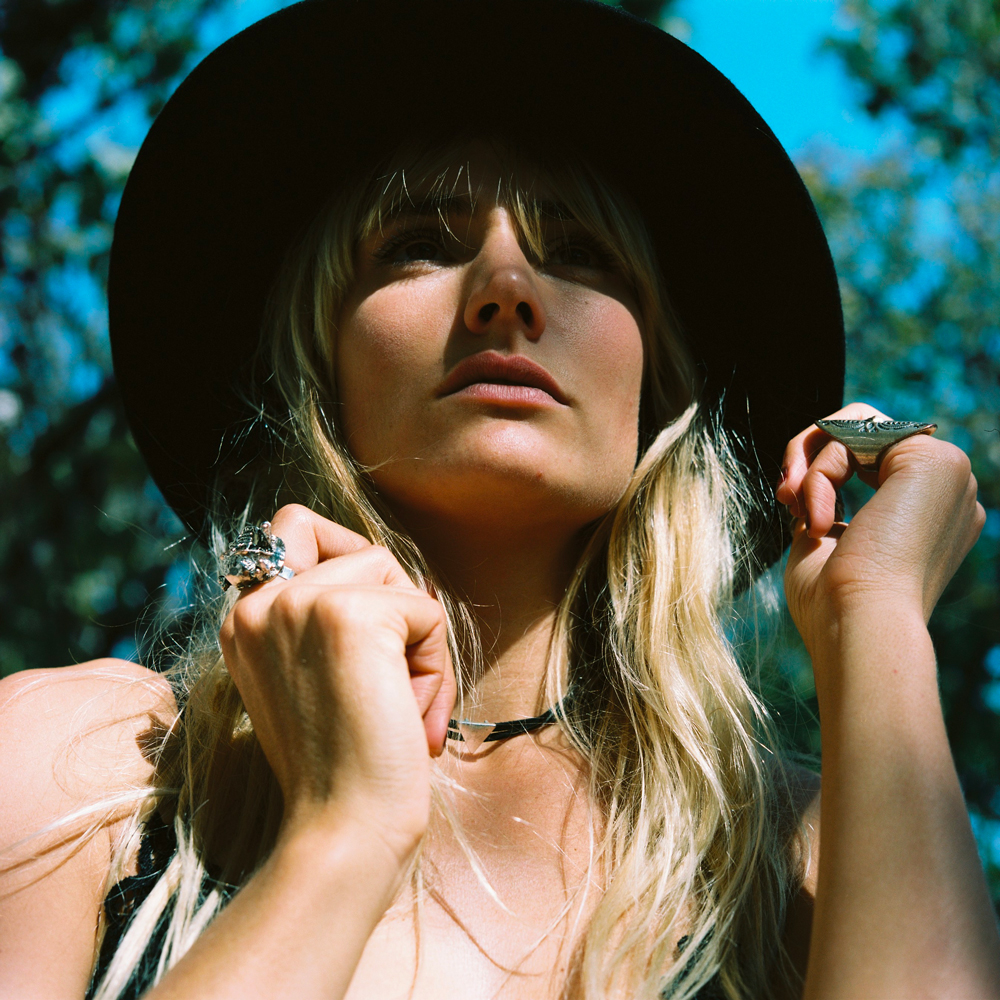
There’s something about holding this vintage camera, an object from a different era, that shifts the atmosphere. Whether you’re capturing portraits or landscapes, people seem to take you seriously, drawn in by the mystique of this rare, beautifully crafted tool.
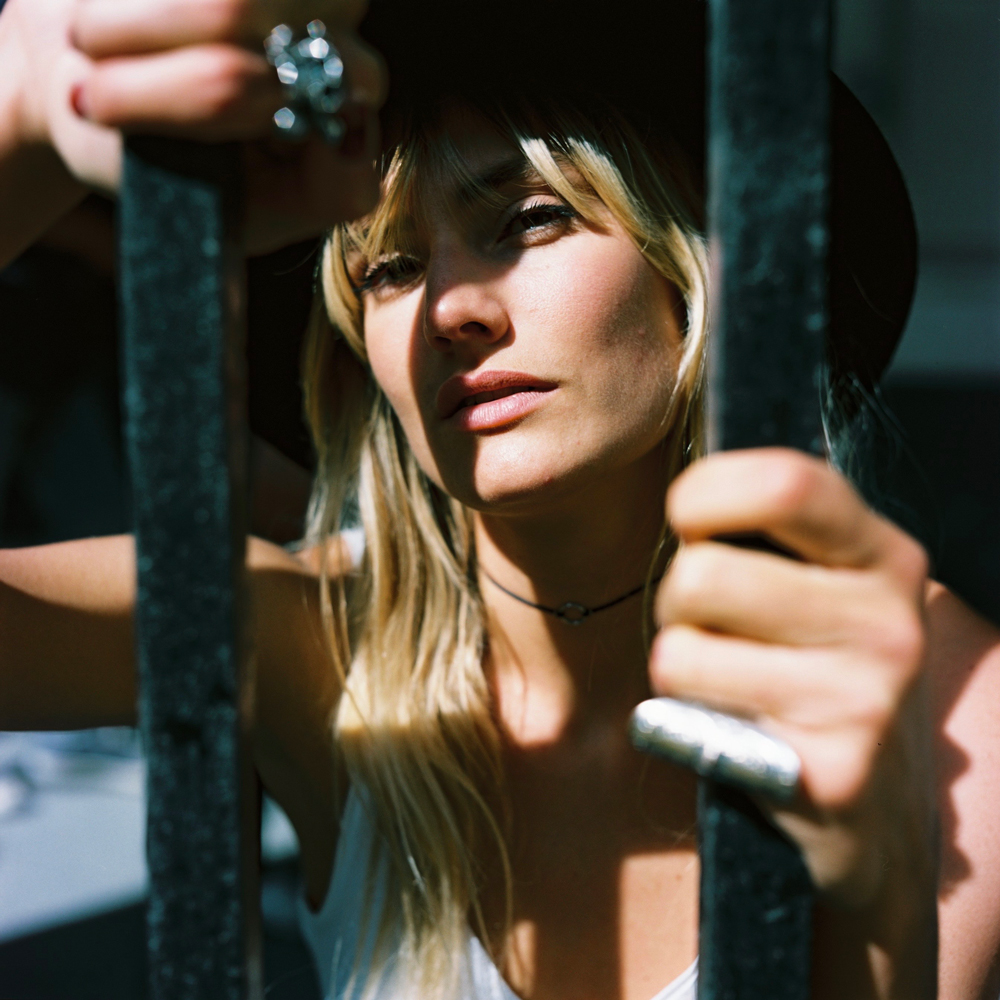
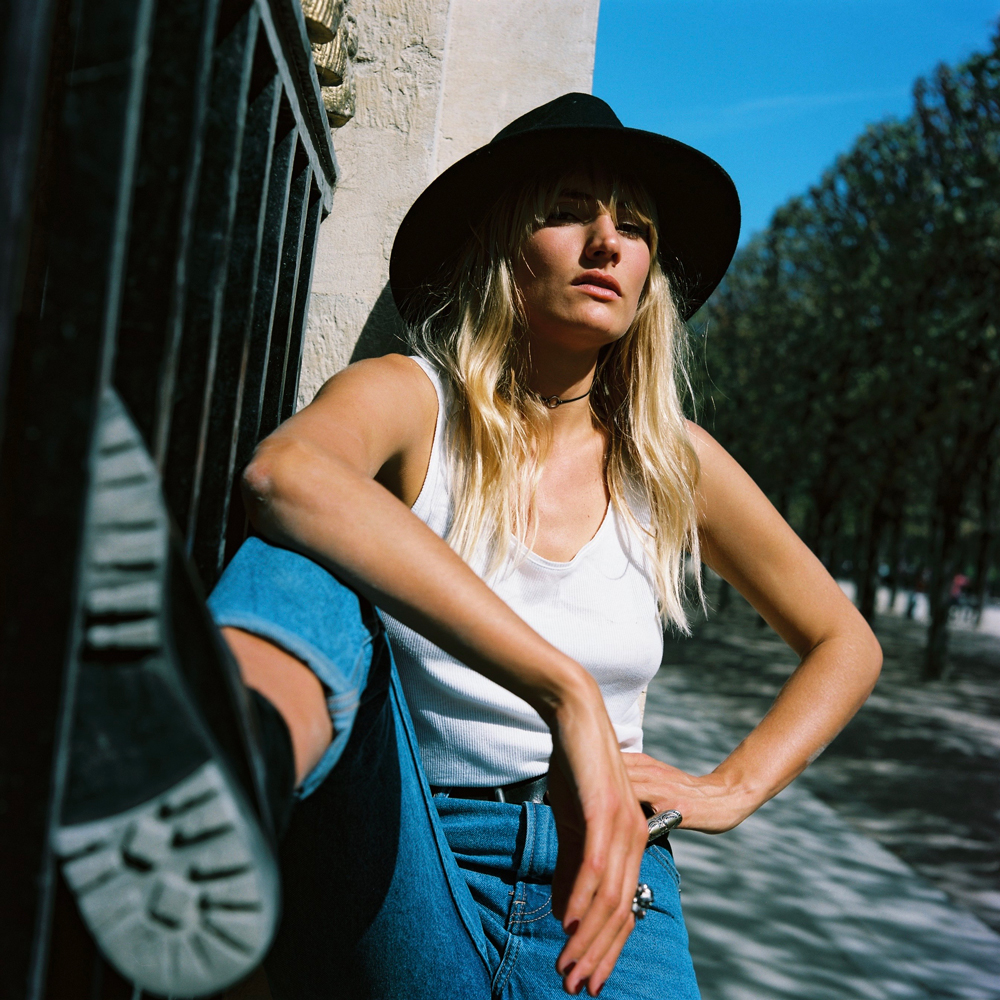
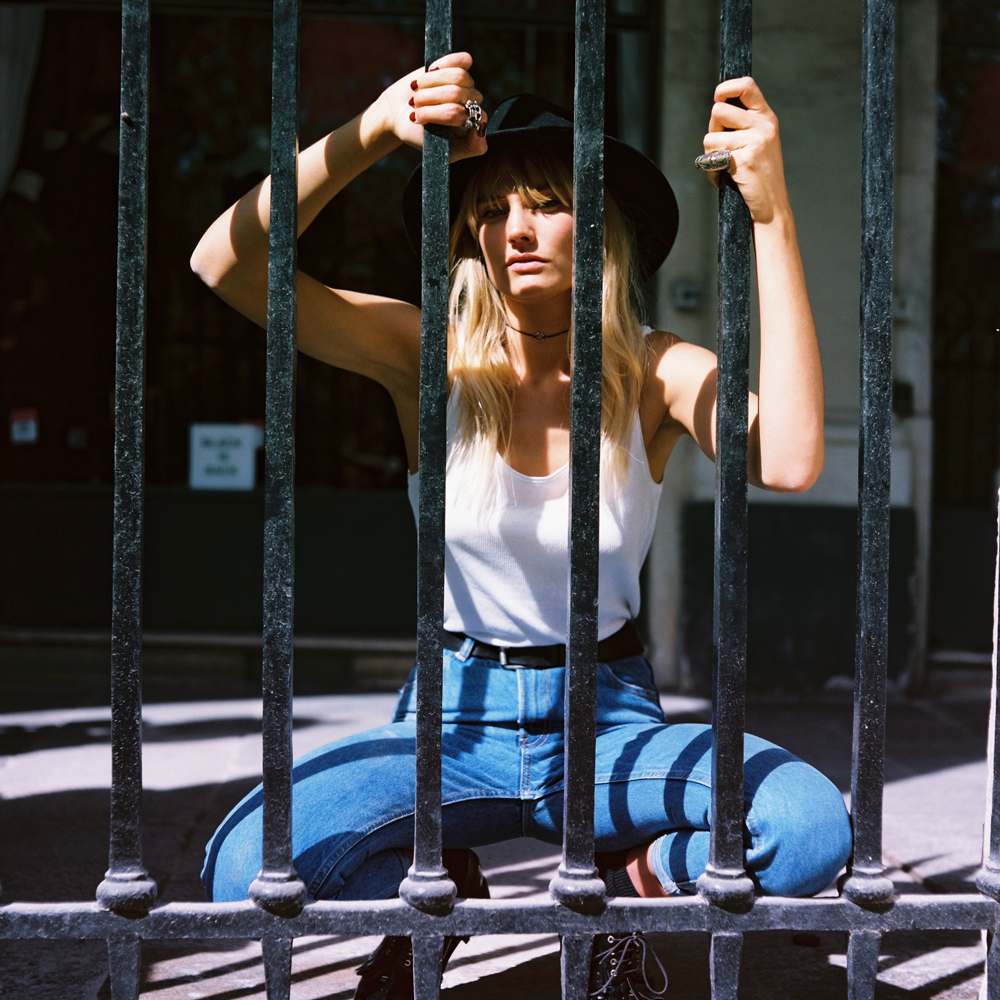
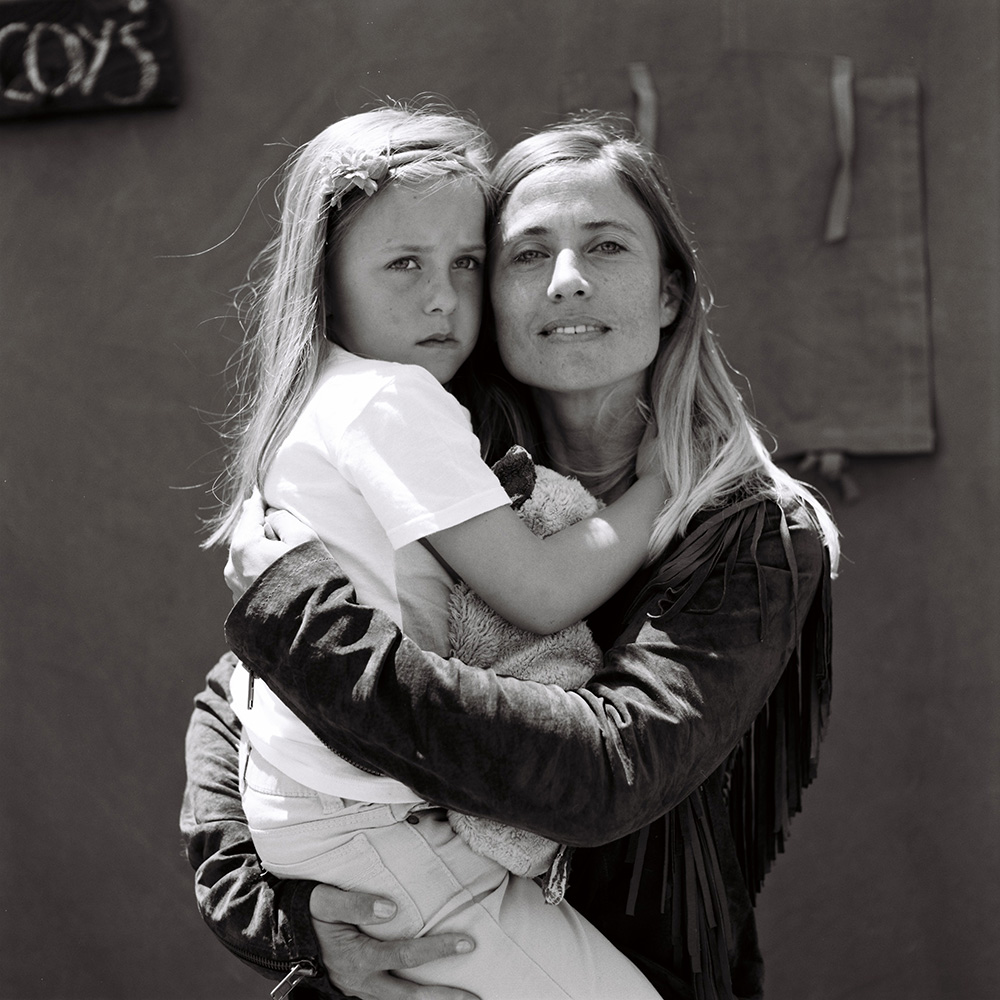
While waking on the « Camino de Santiago » AKA: Saint James’s way!
THE MAGIC OF THE VIEWFINDER
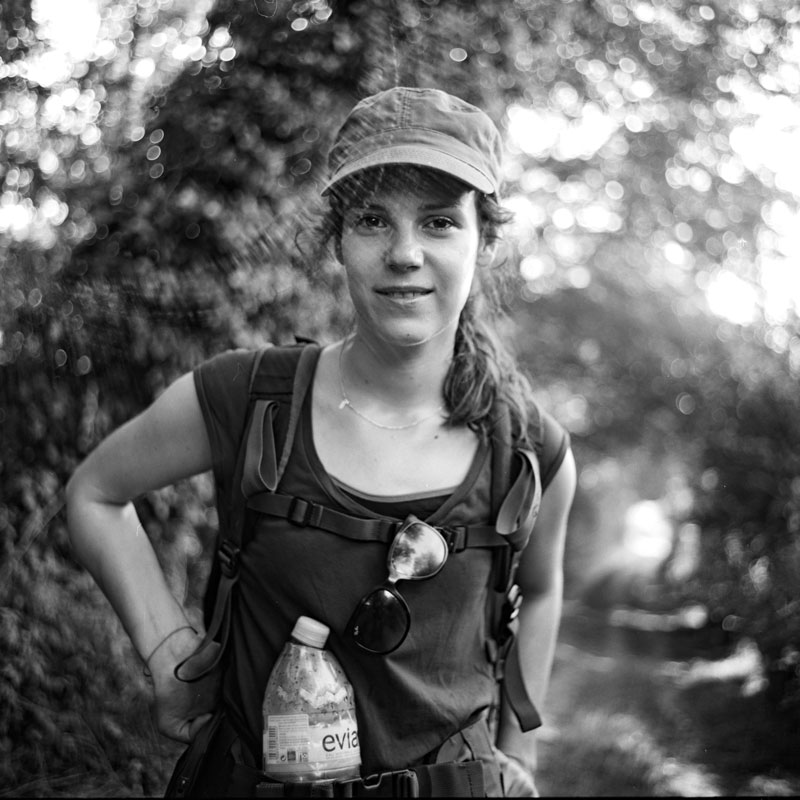
One of the most unique features of the Mamiya C330 is its viewfinder, where everything appears reversed. The moment you look down into the camera, it’s as if you’ve stepped into another world. There’s a sense of vertigo, an almost surreal feeling, as you navigate this inverted image. But somehow, it enhances the beauty of the scene before you. Through the viewfinder, life seems more vivid, more magical—like gazing through a window into paradise. For me, the sensation of composing a shot with the Mamiya C330 is like no other. The magnified image, seen through a beautifully clear lens, feels almost more perfect than reality itself.
Parallax and the challenges of TLR Cameras
The parallax effect is another characteristic of TLR cameras like the Mamiya C330. Because there are two lenses—one for viewing and one for taking the photo—what you see through the viewfinder might not be exactly what the camera captures, especially at close distances. This quirk forces you to embrace a certain level of unpredictability, adding to the charm and challenge of using the camera.
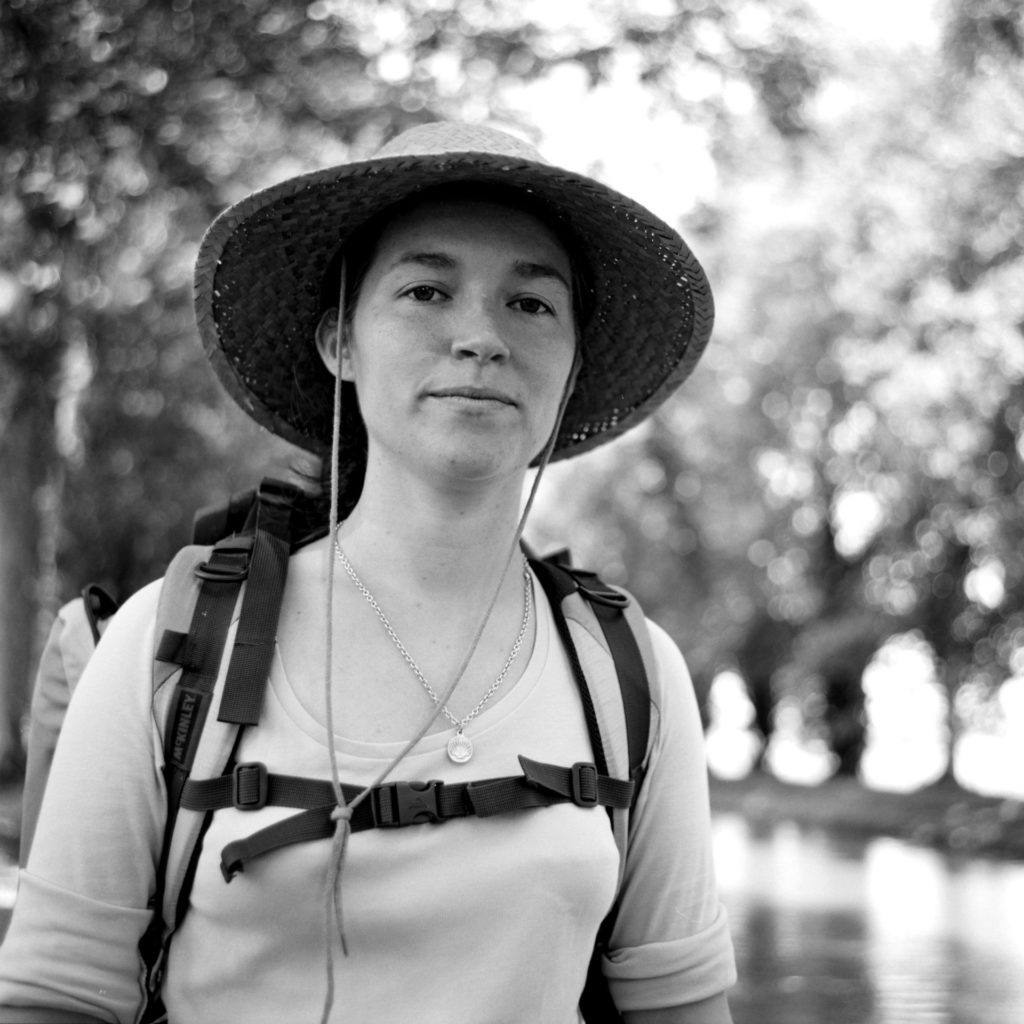
The story behind the photos
« While walking as a pilgrim myself for 1,000 km on the Camino de Santiago, I chose to bring my Mamiya C330 along for the journey. I allowed myself to embark on this pilgrimage because I knew I could transform it into a creative endeavor. With this focus, I decided to turn my lens towards the fellow pilgrims I met along the way and their unique stories. Through these spontaneous portraits, I sought to capture not just their faces, but the essence of their personal journeys. »
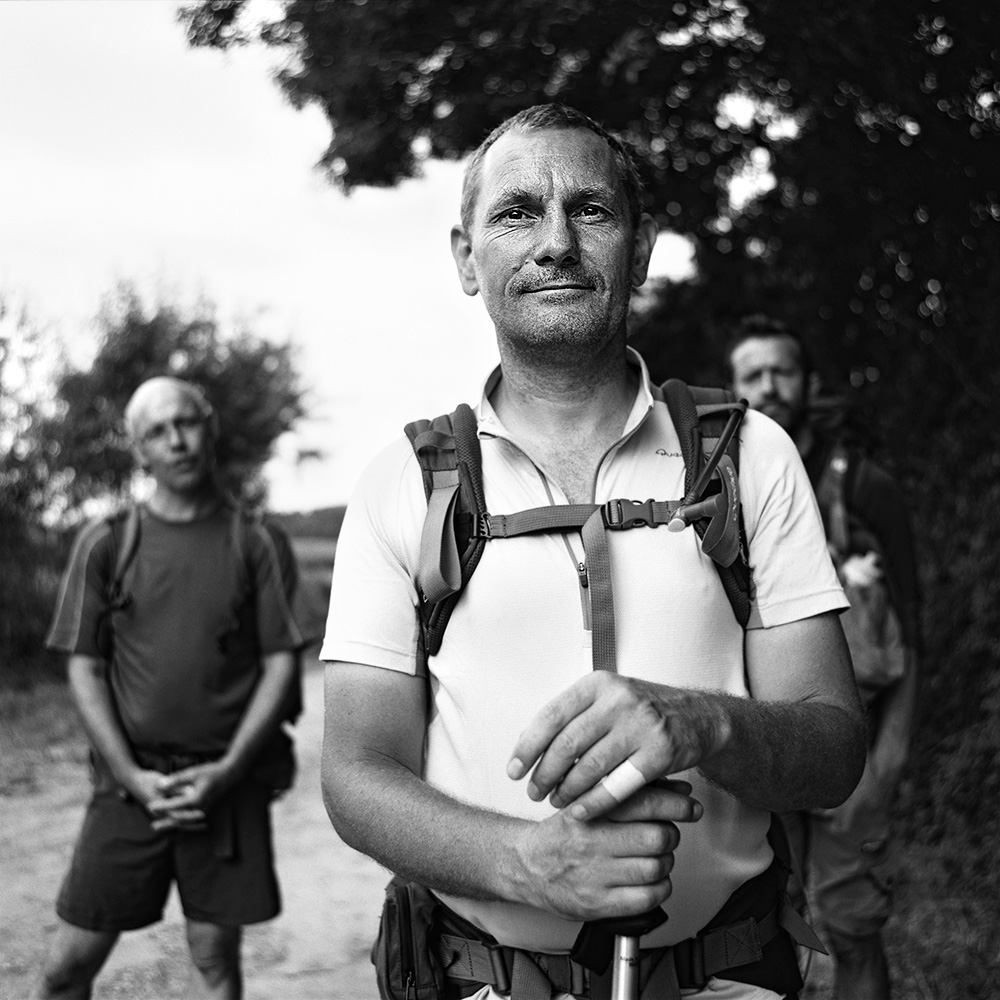
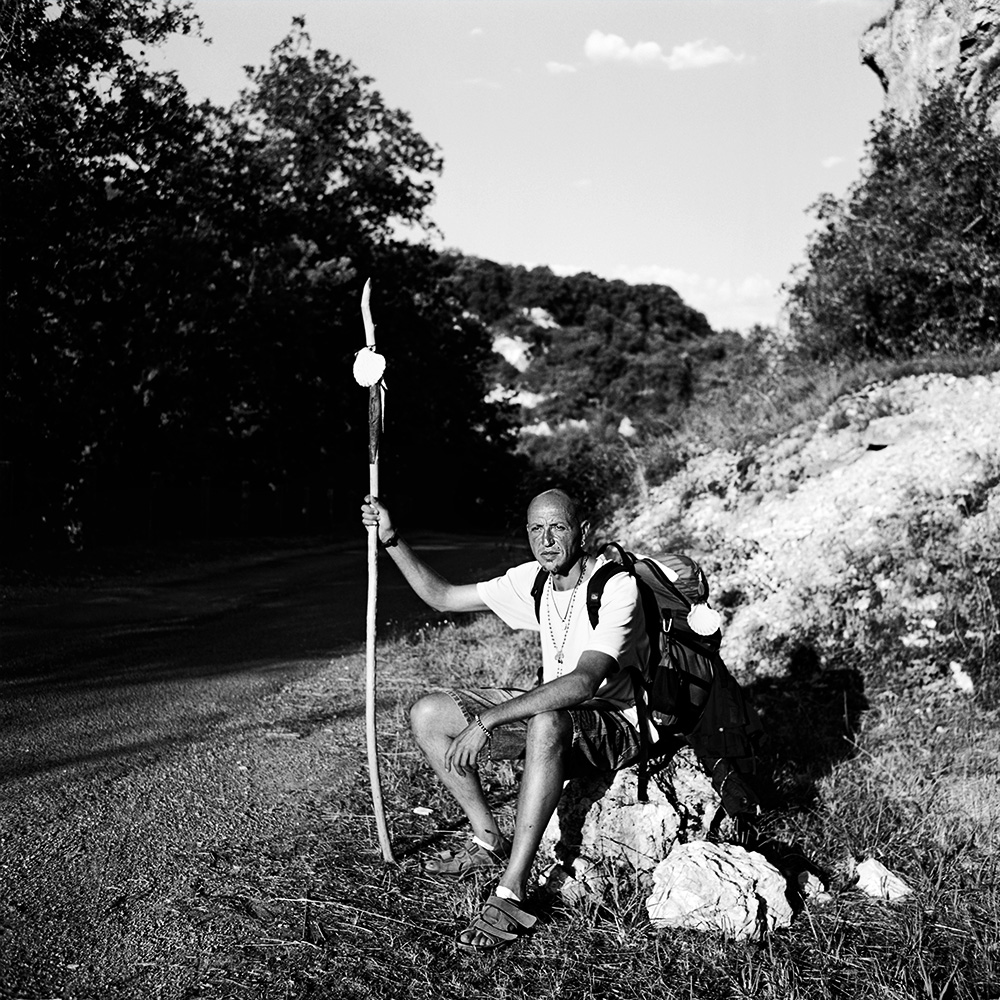
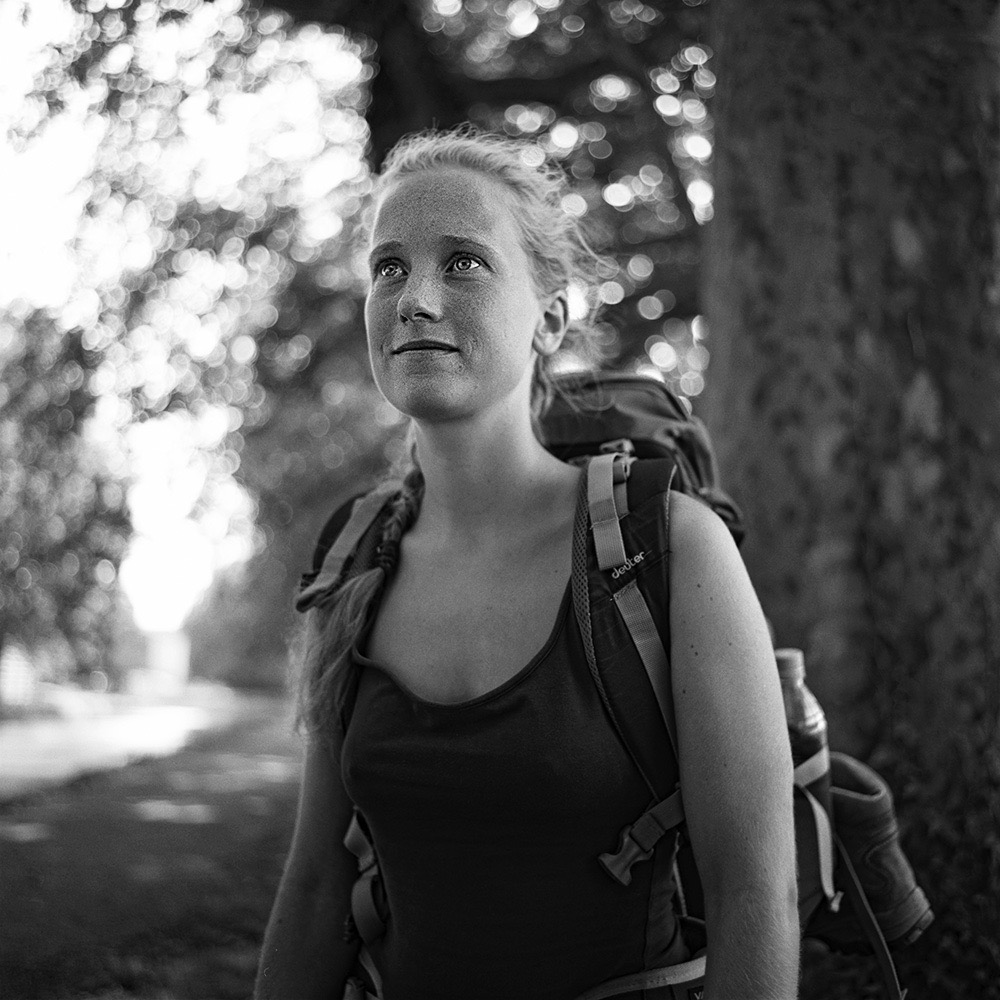

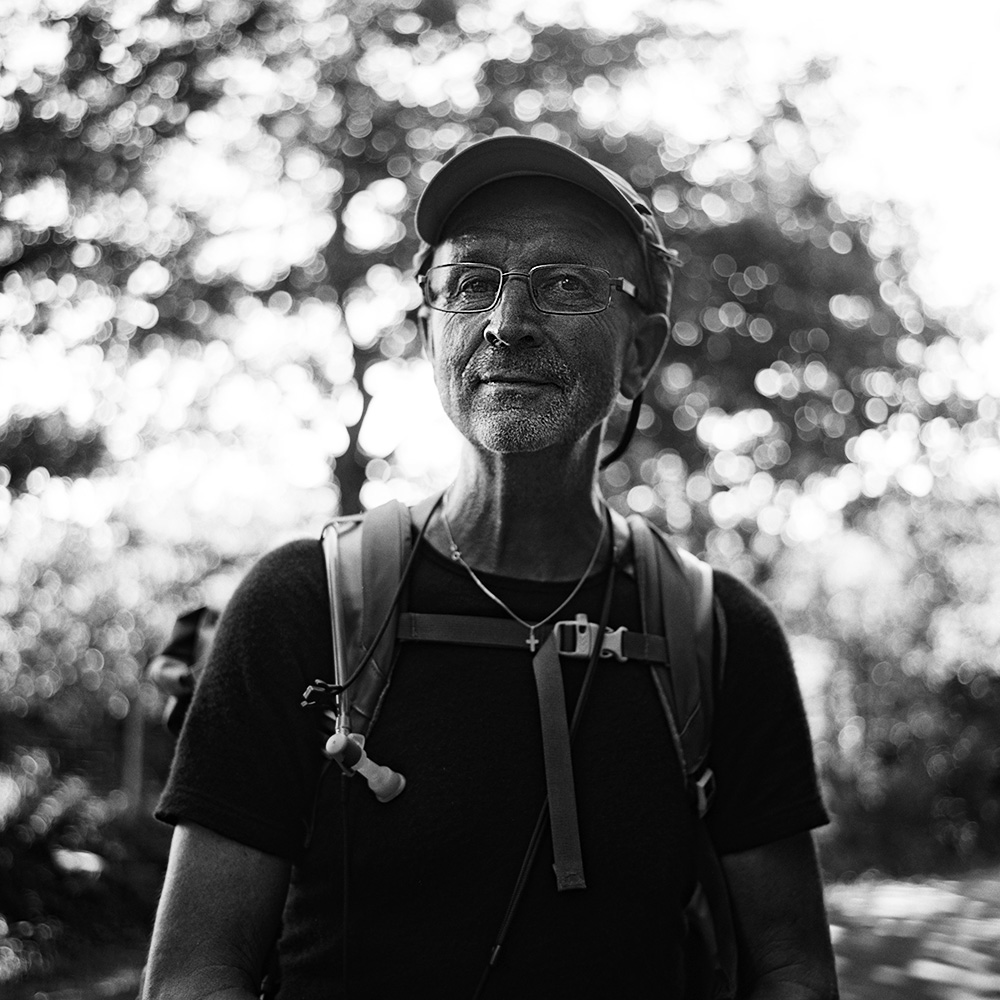

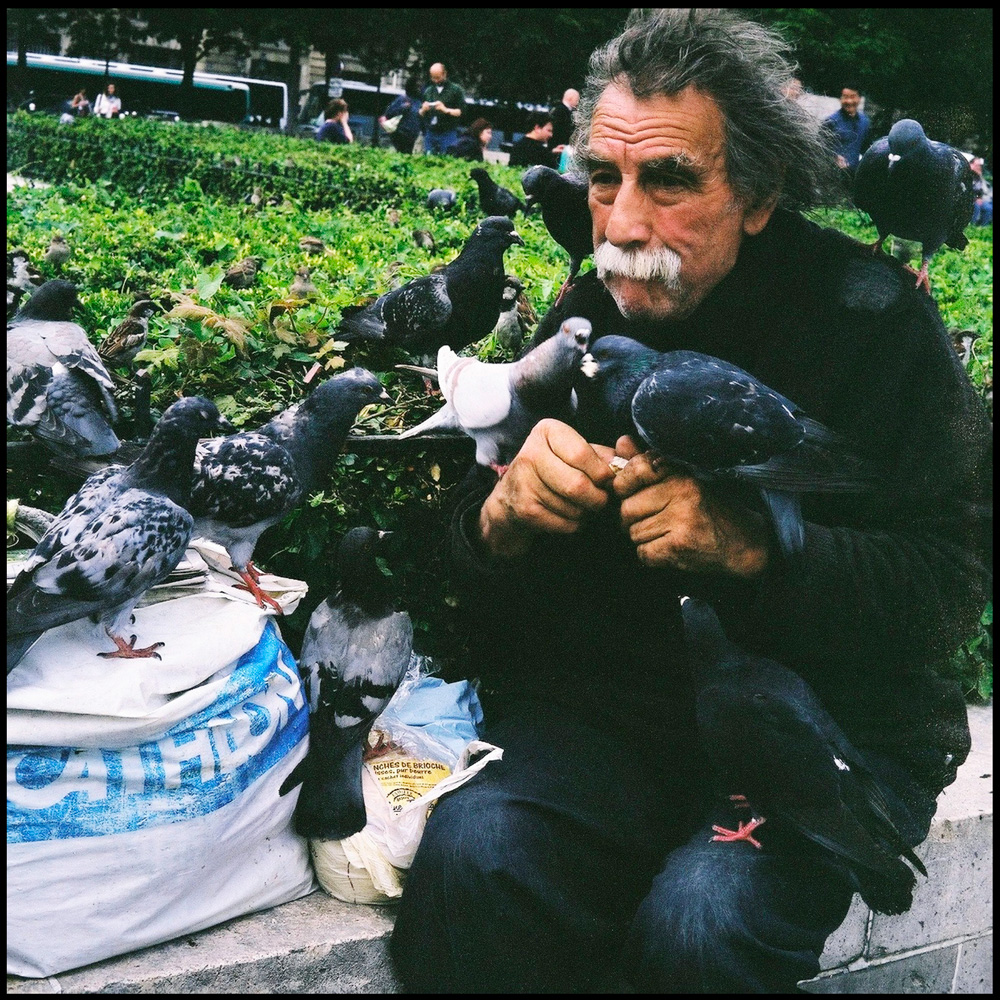
This portrait of the « man with pigeons » in Paris was taken on one of my first color rolls.
A treasure found in Sydney
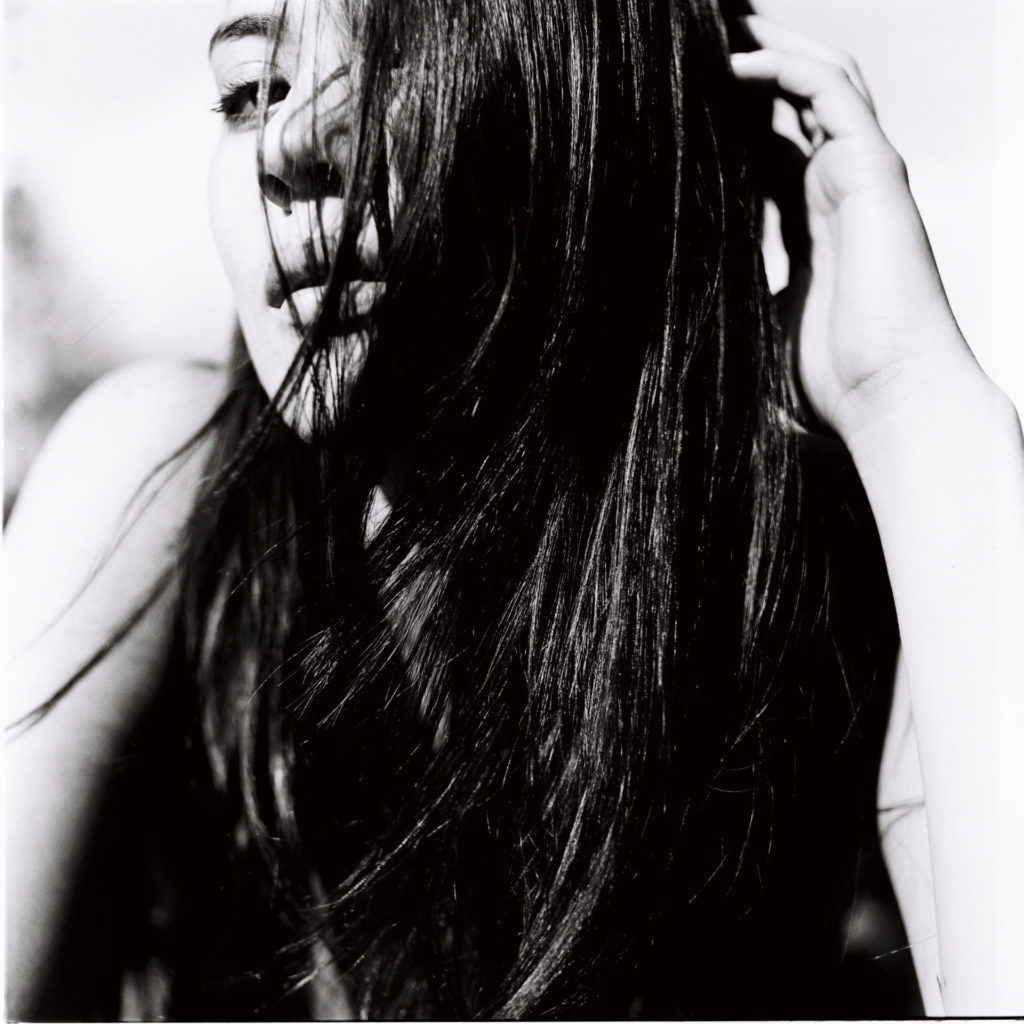
Many years before taking those pilgrims shots I was on a Working Holiday Visa in Australia. I didn’t initially set out to buy a Mamiya C330. In fact, I was originally looking for a Rolleiflex, a classic choice among medium-format enthusiasts. But when I stumbled upon the Mamiya C330 in a small vintage shop in Sydney about twenty years ago, I felt like I had uncovered a hidden treasure. Priced at just 400 Australian dollars, it was significantly cheaper than a Rolleiflex, but no less impressive. Holding it for the first time, I knew it was something special. Love at first touch in a way.
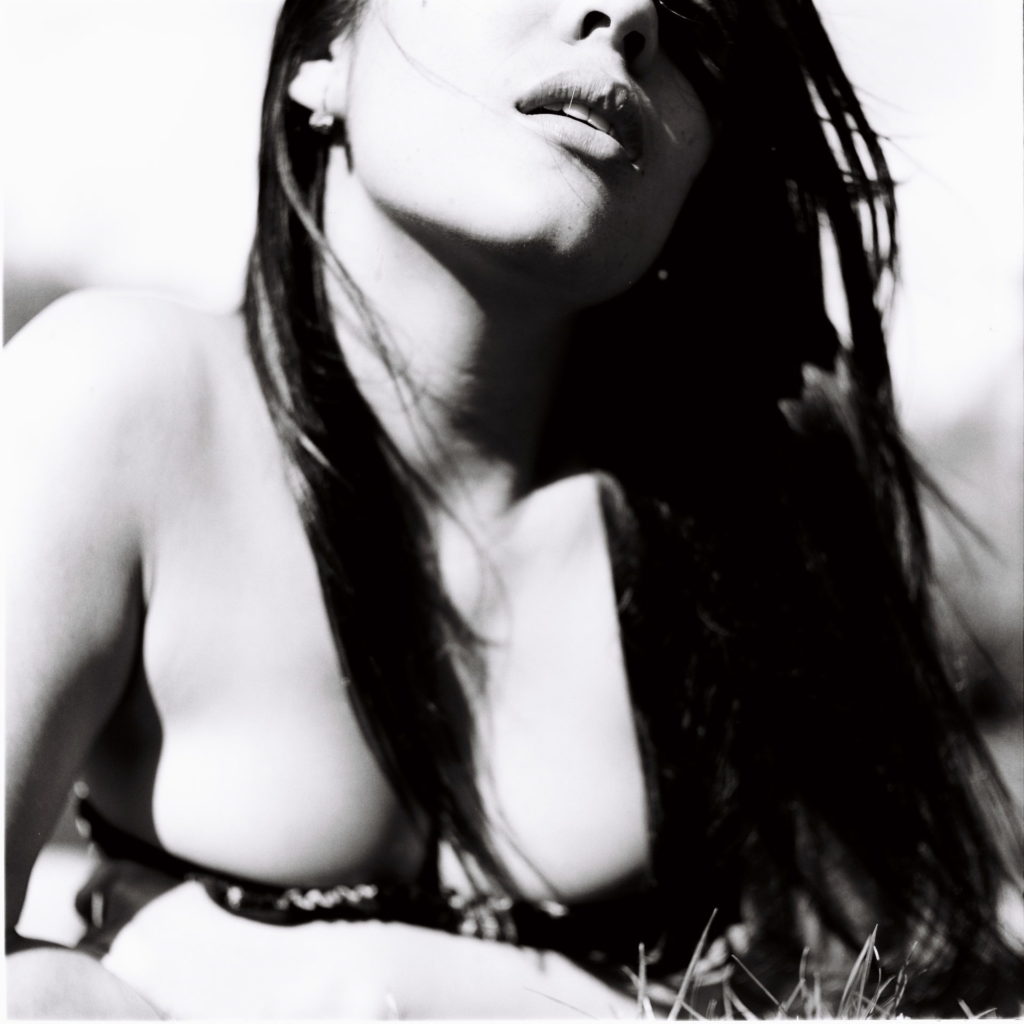
When I shot my first roll of film with it and saw the results, I was completely captivated. The rich detail, the beautiful tones—everything about the images won me over immediately. I’ve never looked back since. It was one of those rare moments where everything aligns perfectly—the camera, the process, and the results.
A slower, more deliberate process
Using the Mamiya C330 is not like shooting with a 35mm camera. It’s a slower, more deliberate process. Even loading the film feels like a ceremony. The film rolls are larger, the mechanics of the camera demand precision, and each shot feels precious. You can’t rush it—you have to take your time, think about your composition, and trust the process. It’s the antithesis of the fast, digital world we live in today. But that’s part of the beauty. It forces you to slow down, to be intentional with each shot.
And because of that, the attention you receive when shooting with this camera is different. People notice you, they respect the craft, and they often give you the space and focus that this kind of camera deserves.
Shooting analog is inherently a slow and mindful process. Throughout my journey as a photographer—from age 19 to now at 42—I must confess that shooting with this camera has provided my best experience yet. As strange as it may sound, film photography with the Mamiya CC30 allows me to cultivate a more tangible, almost intimate relationship with my this art form.
Why choose the Mamiya C330 for your next photoshoot?
• Exceptional image quality: The twin-lens system and medium format of the Mamiya C330 produce incredibly detailed images, perfect for portraits and artistic photography.
• Beautiful vintage aesthetic: Achieve a timeless, classic look that digital cameras simply can’t replicate. Each frame captures warmth, depth, and emotion, creating authentic images.
• Precision and versatility: Interchangeable lenses offer creative flexibility, from stunning close-ups to elegant portraits, making your photo session highly personalized.
• Slow photography experience: This camera invites mindfulness and deliberate framing, resulting in thoughtful compositions and powerful storytelling.
• Unique and memorable: Using this legendary film camera provides an unforgettable experience, creating distinctive photographs that stand out and feel truly special.
Ready to experience the magic of analog photography?
Discover more examples of Mamiya C330 photos:
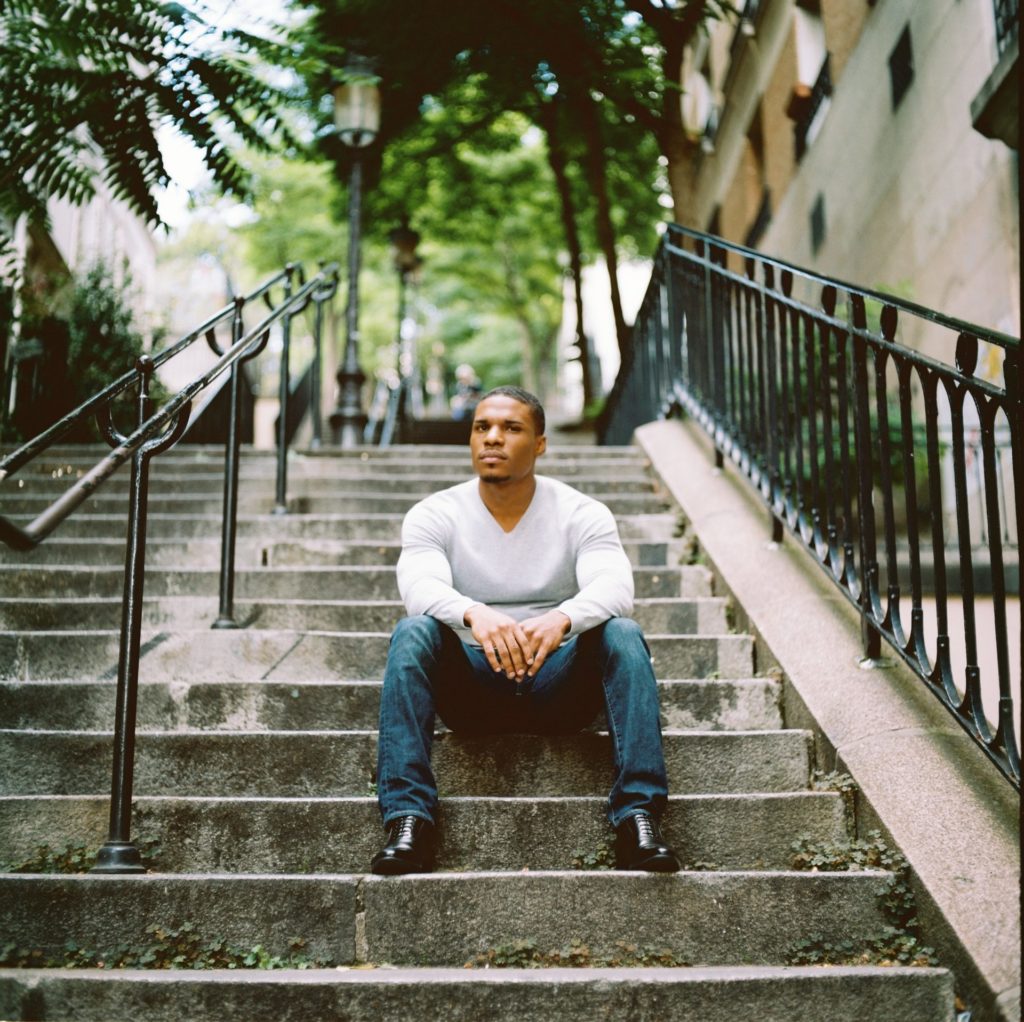
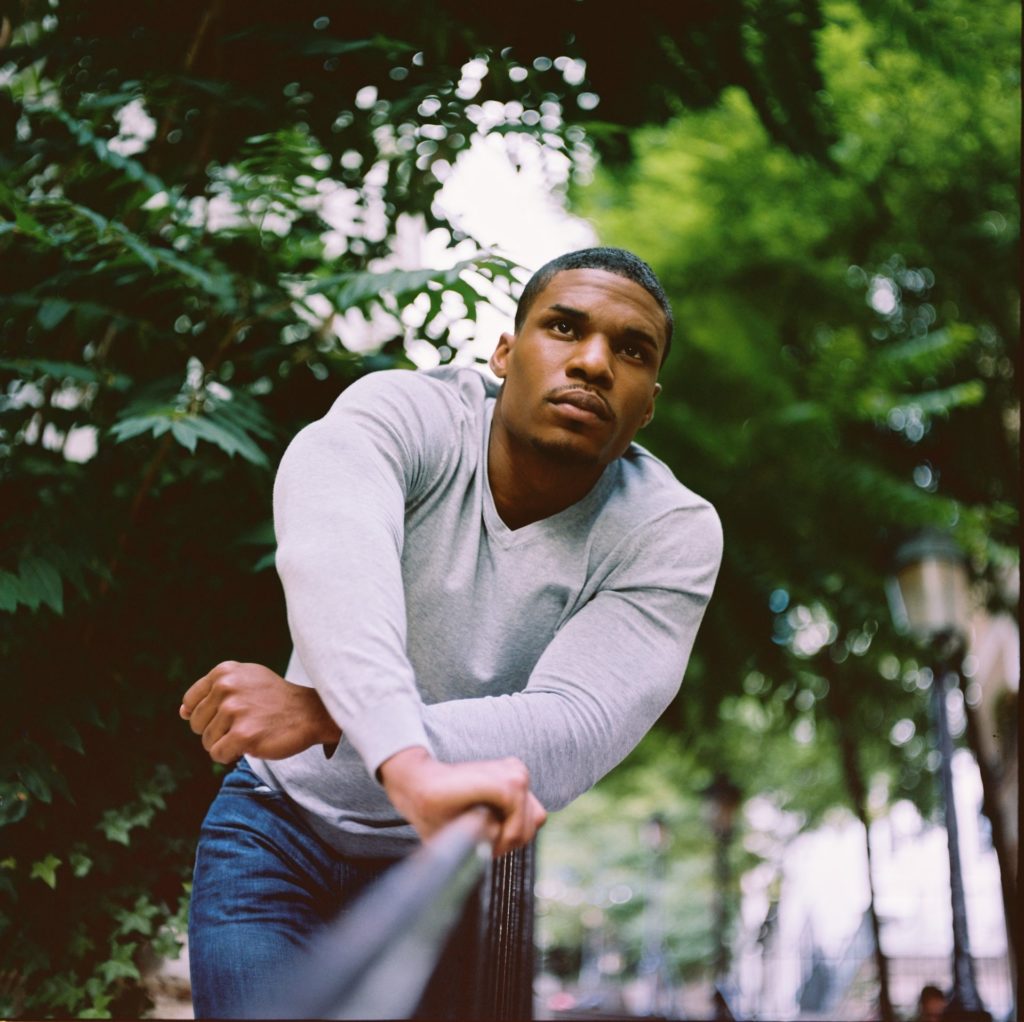
Photoshoot with Mike, Sacré Coeur, Paris
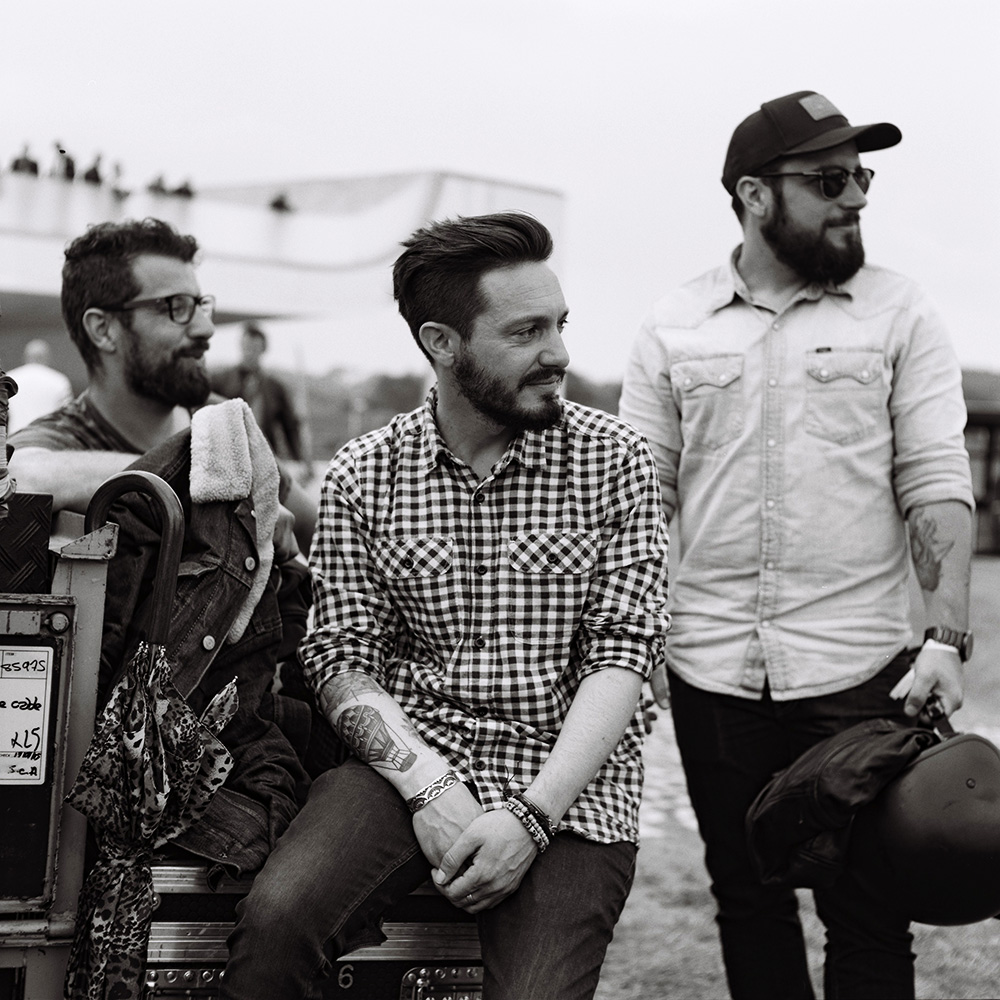
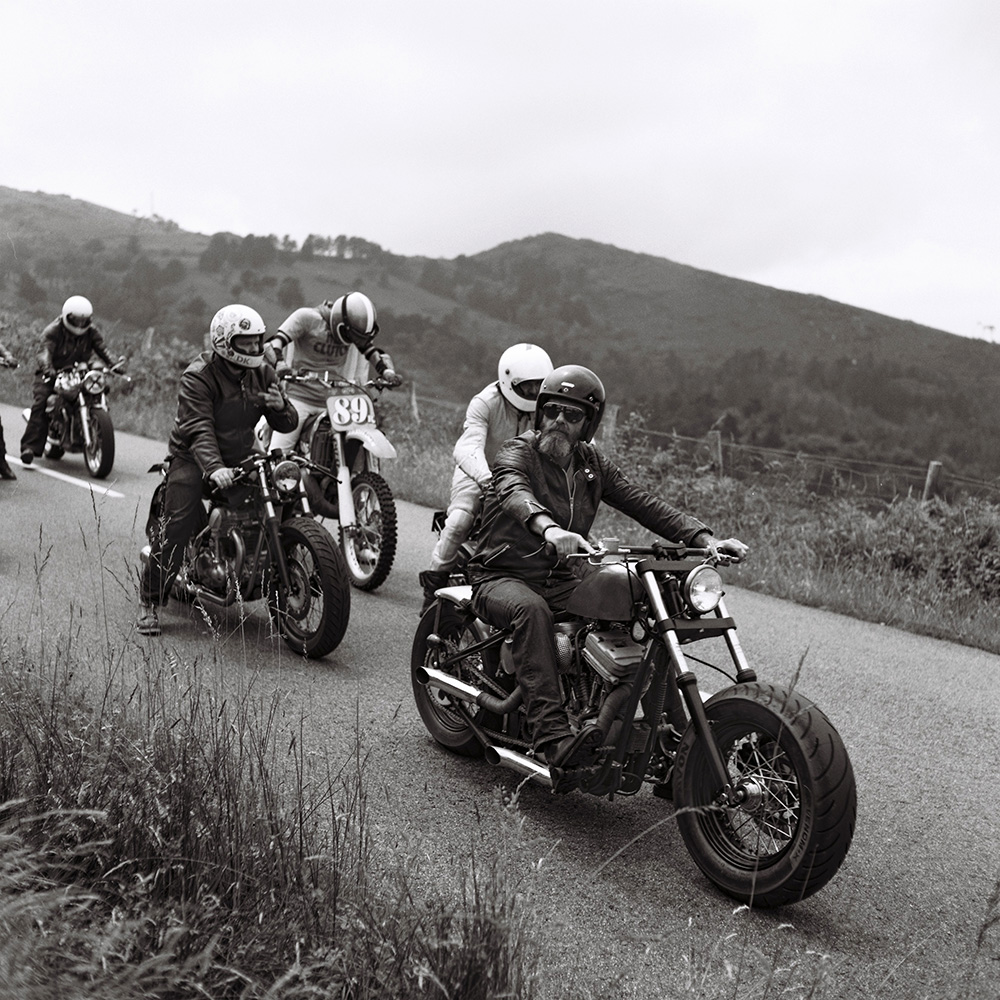
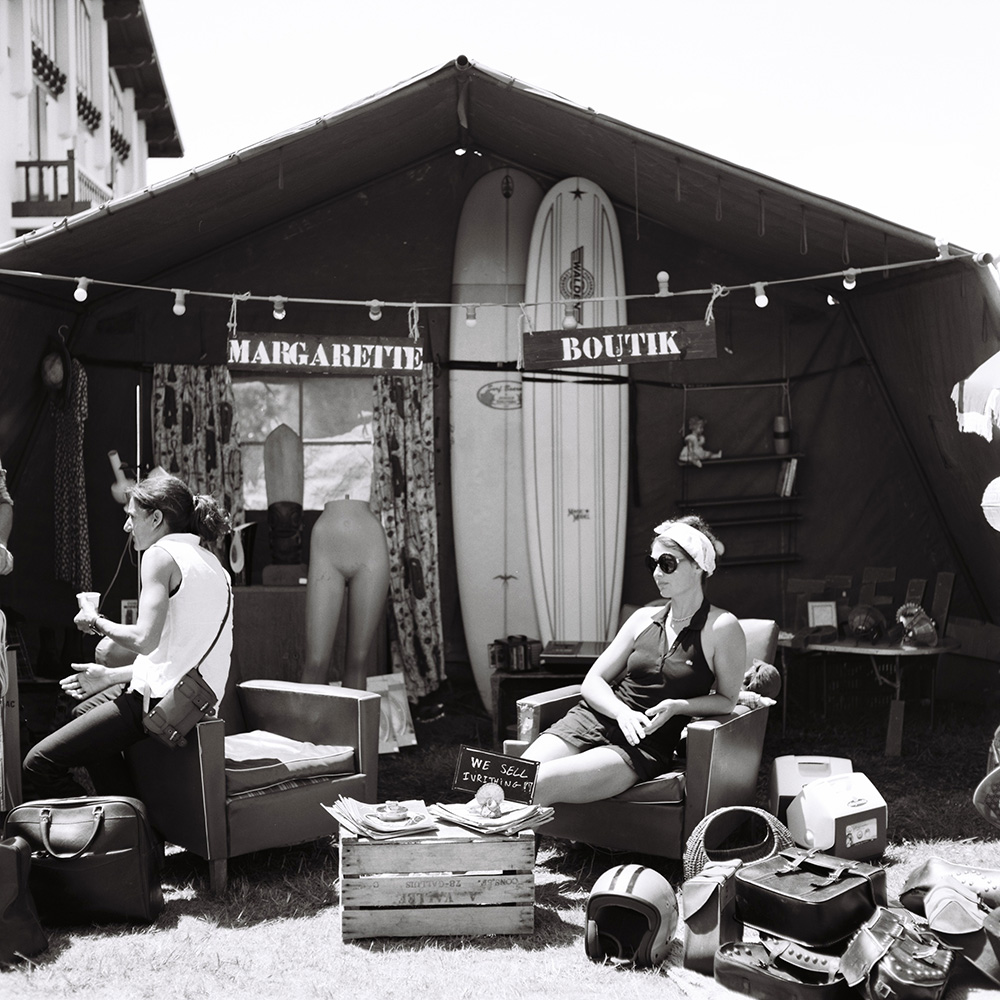
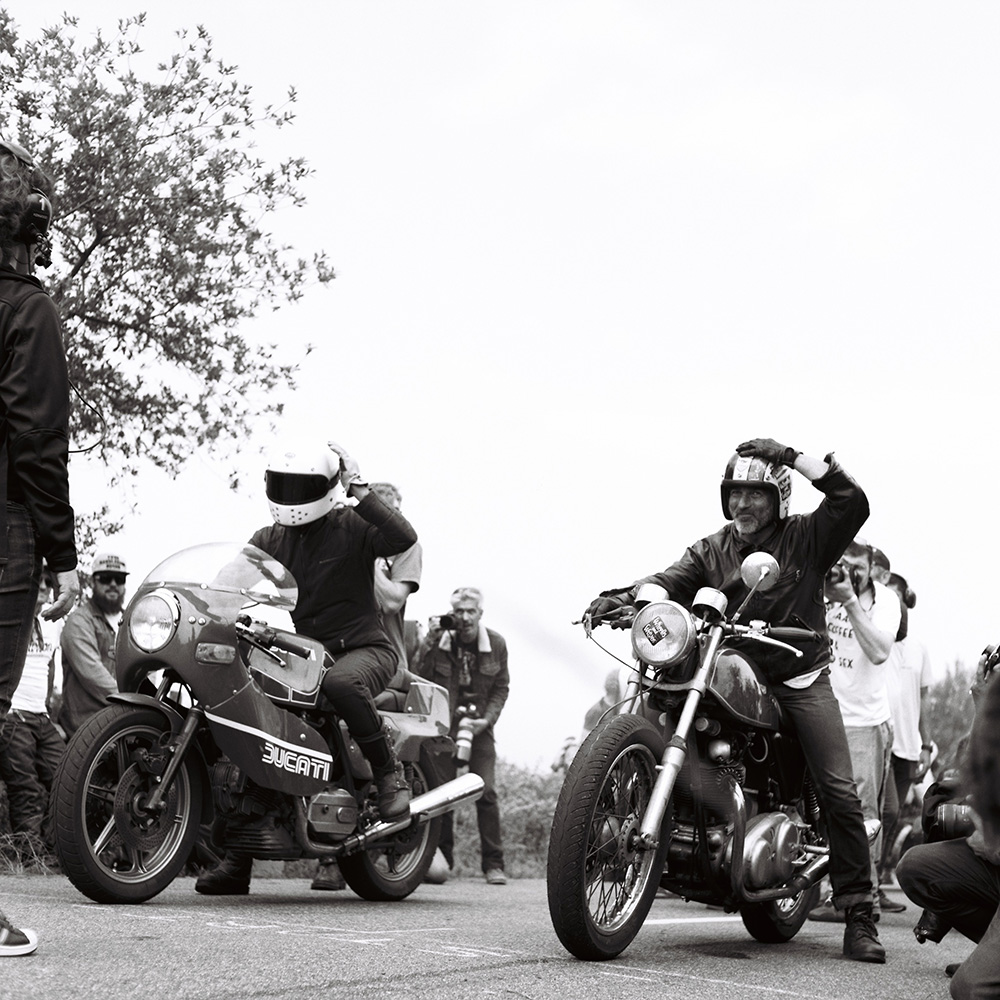
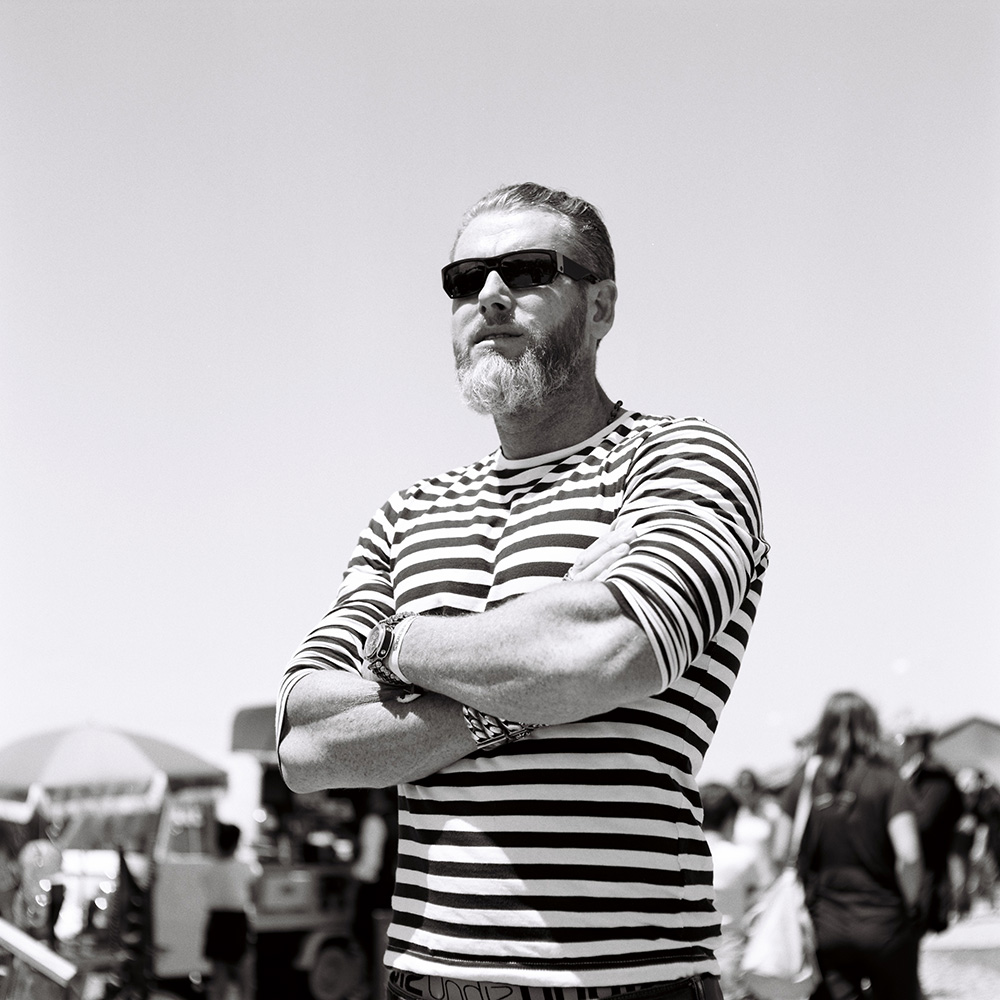
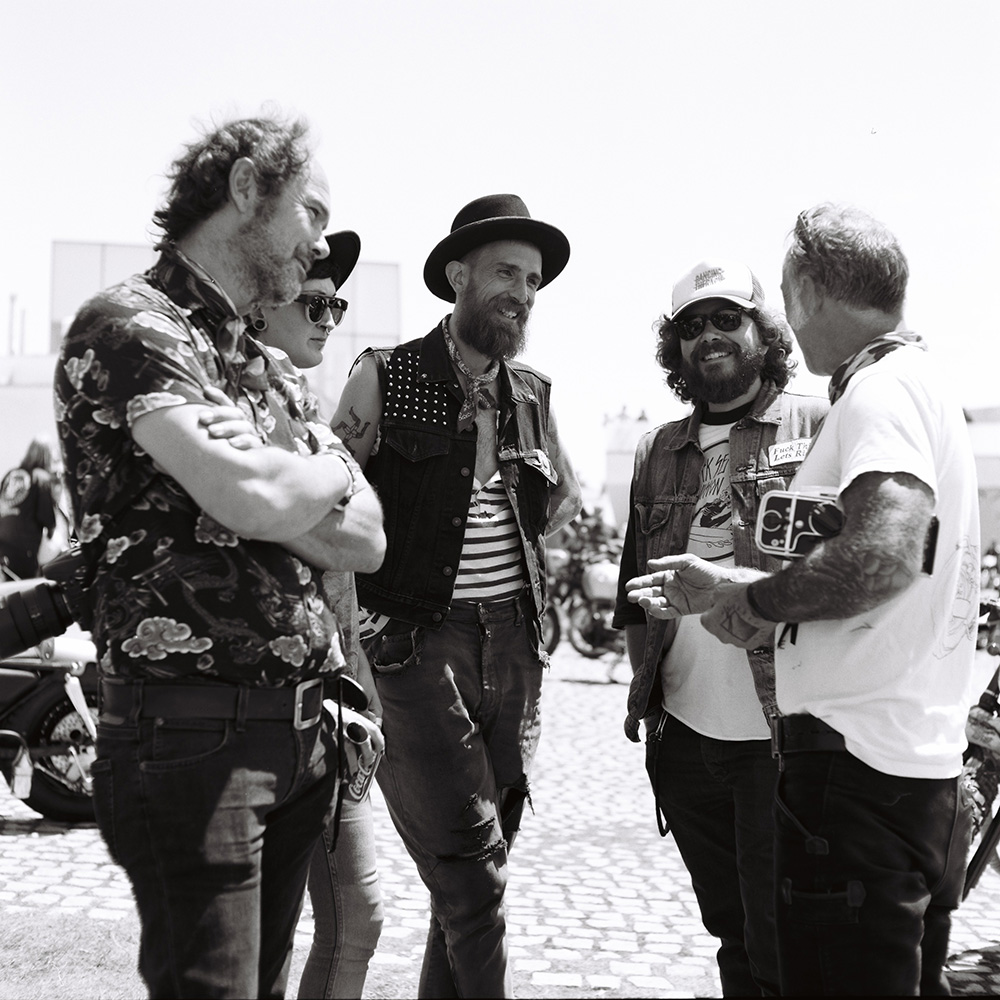
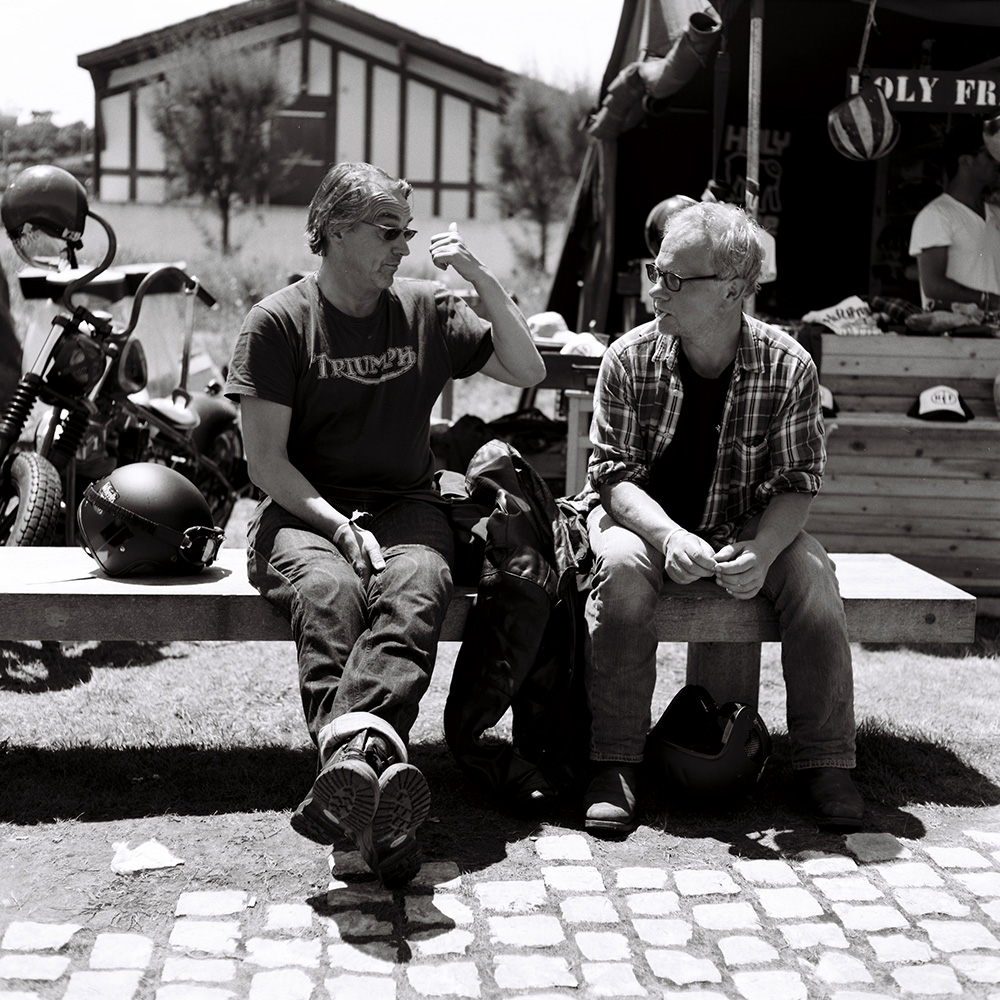

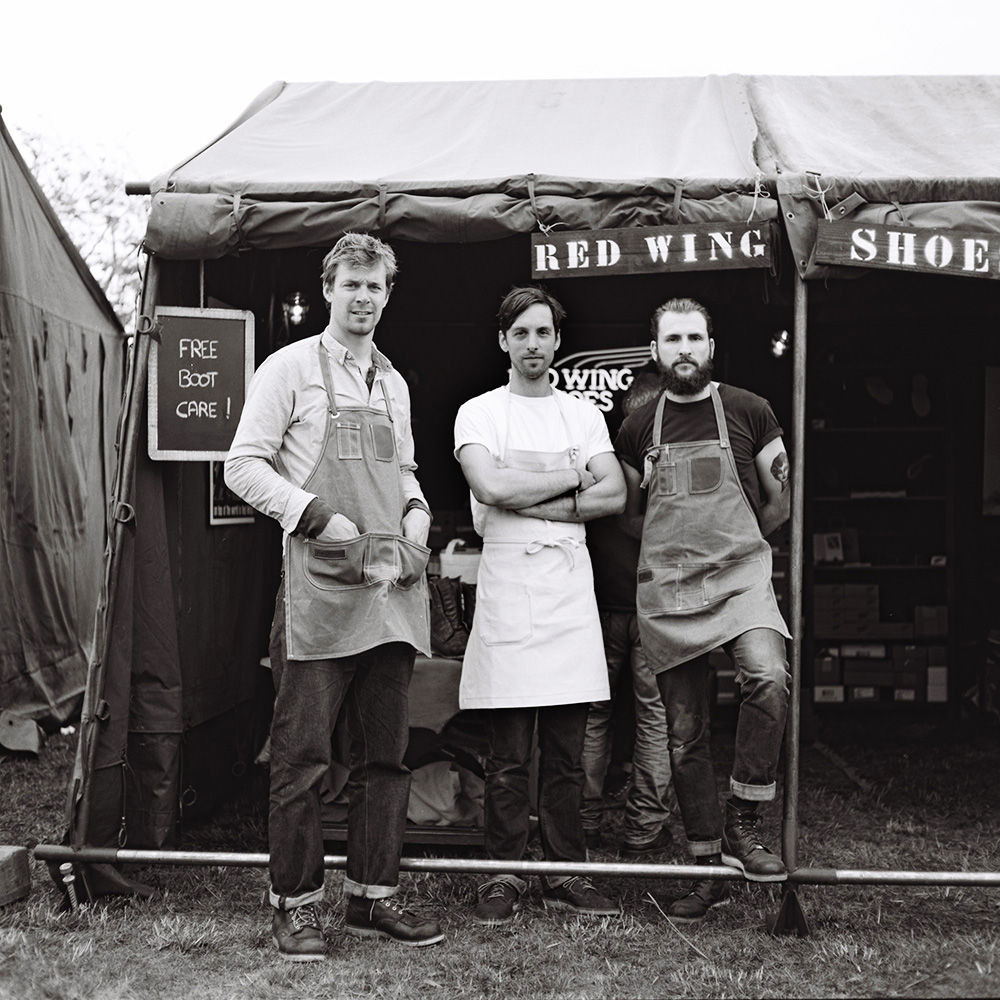
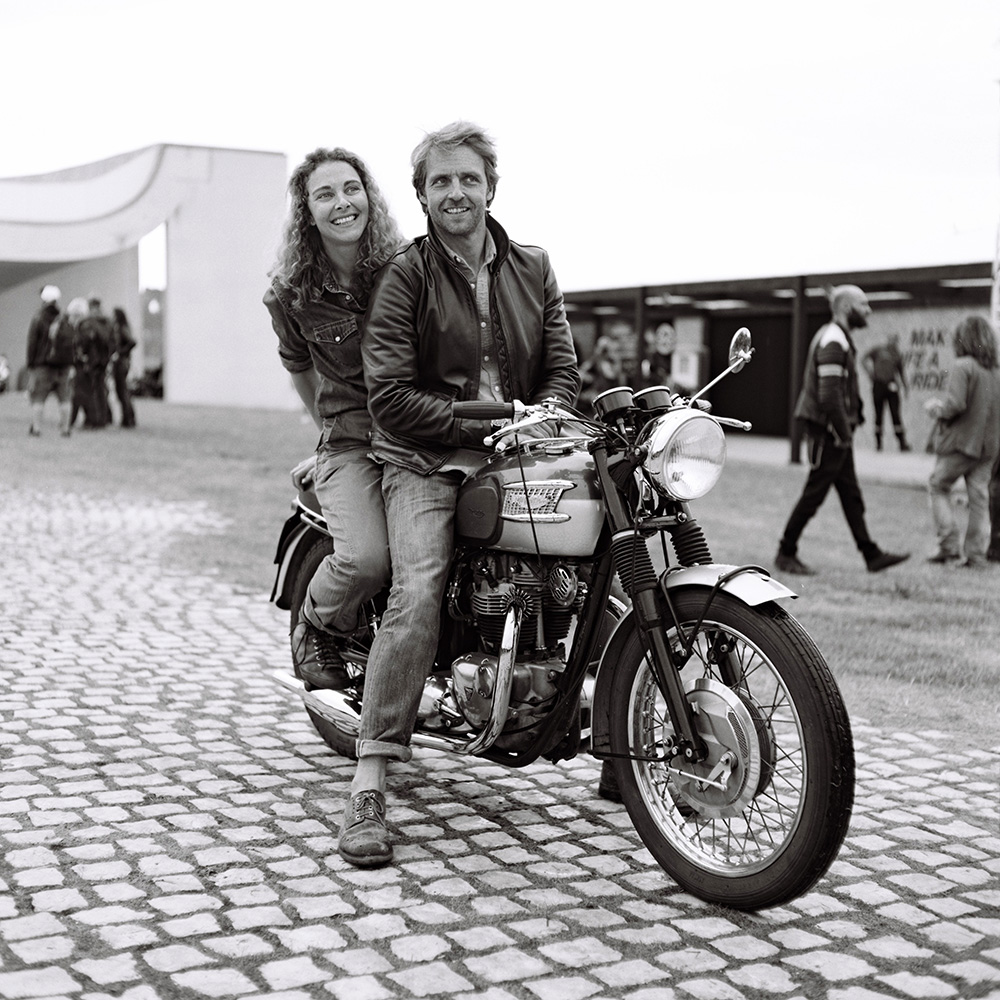
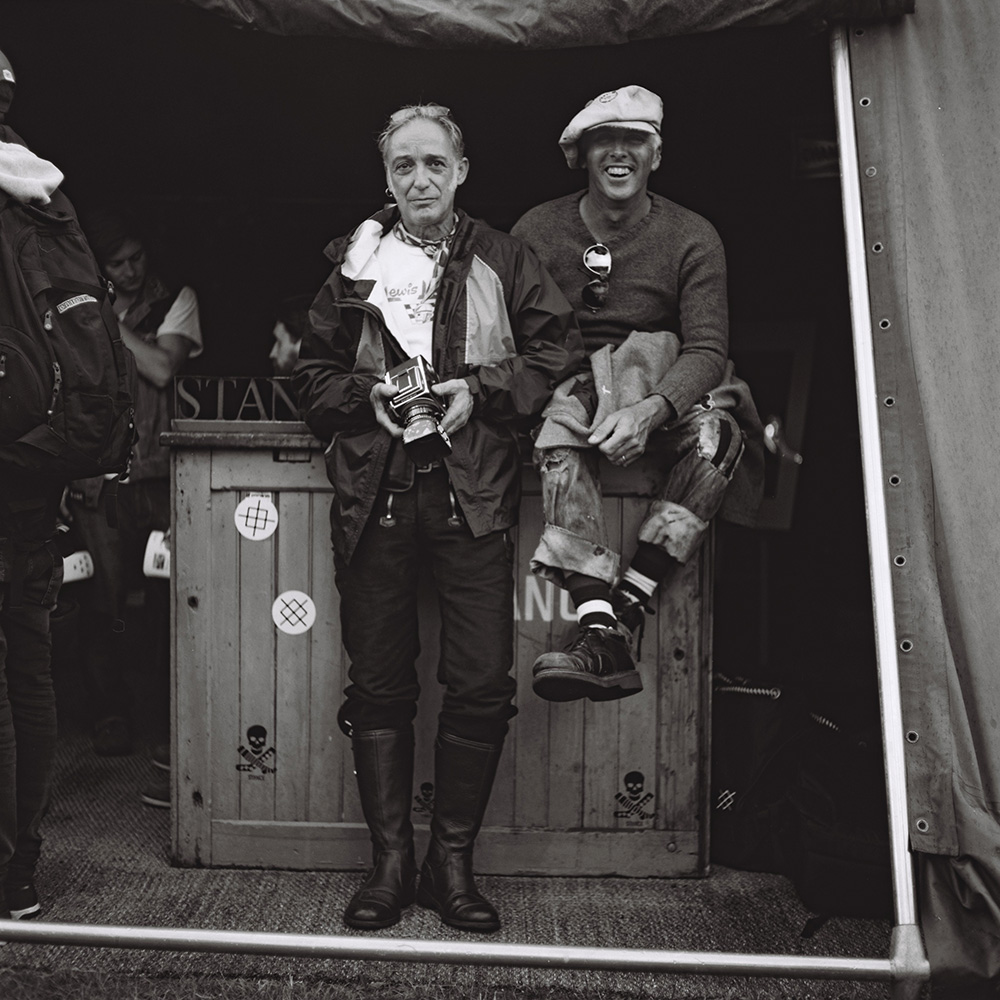
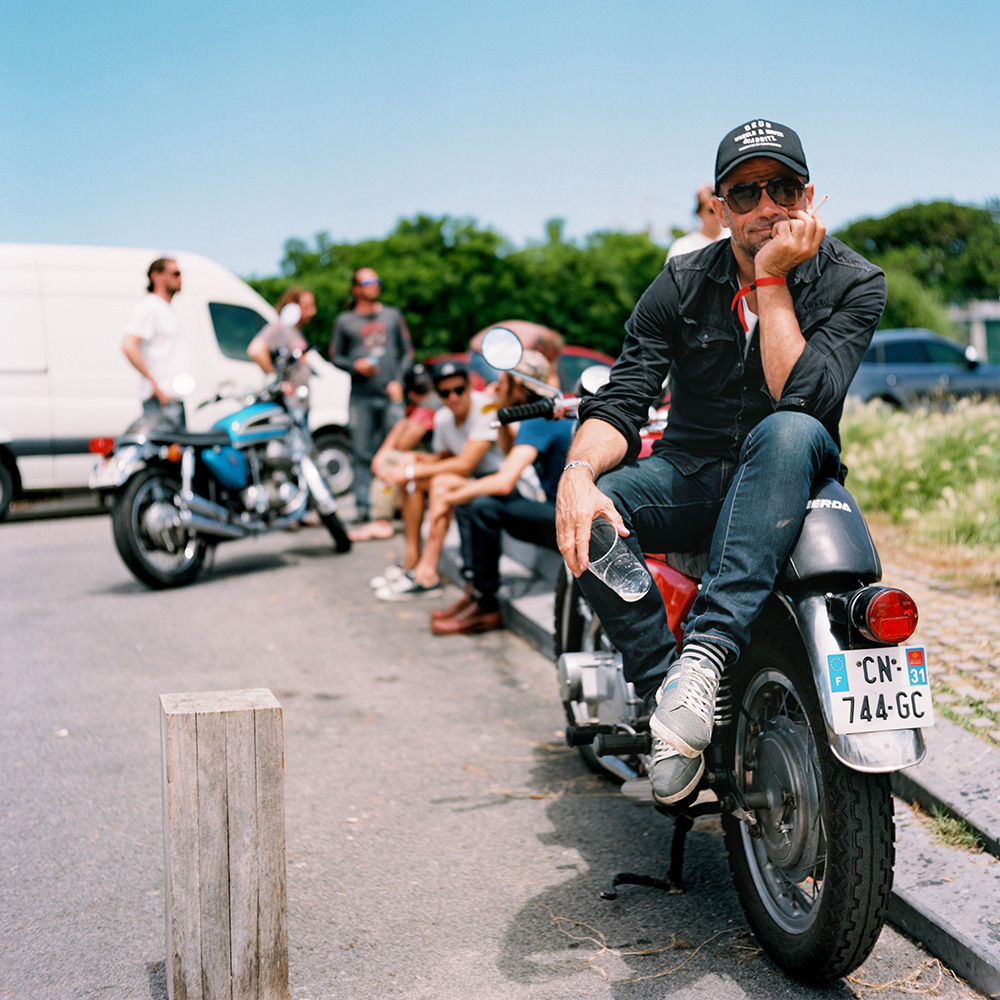
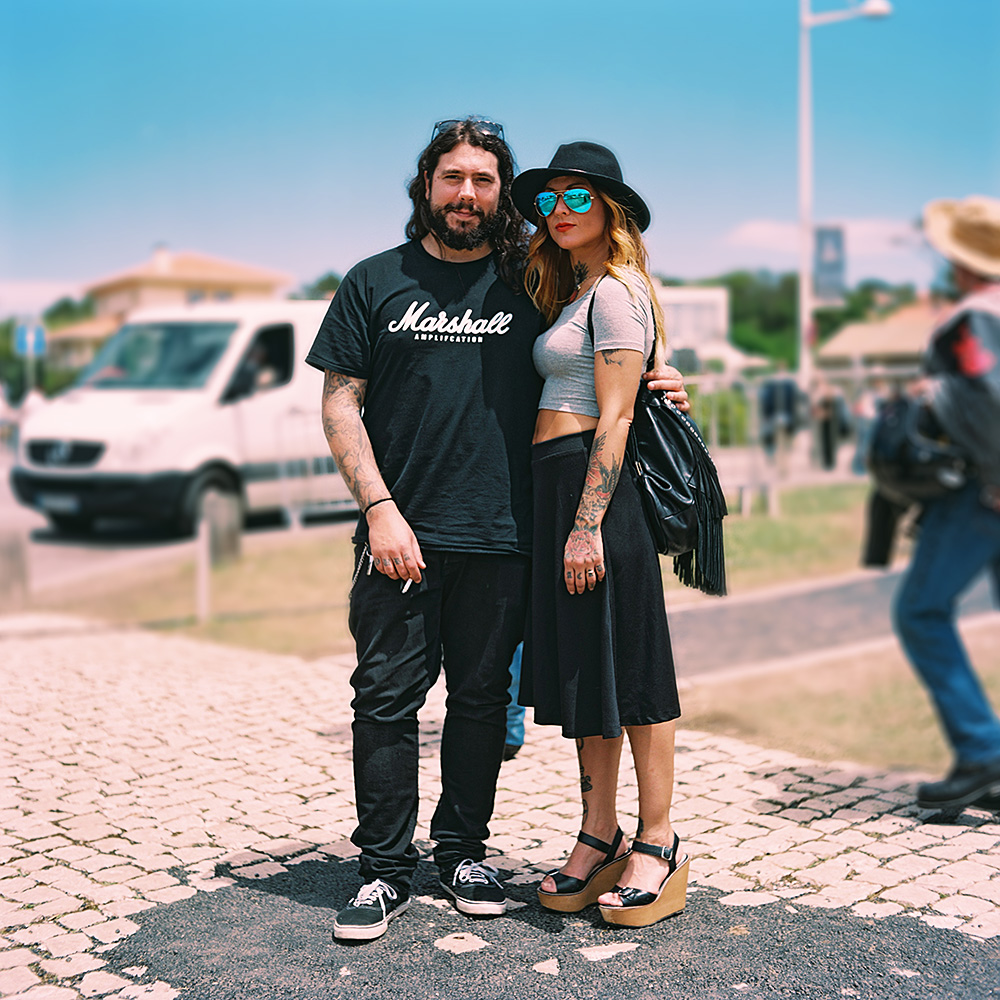
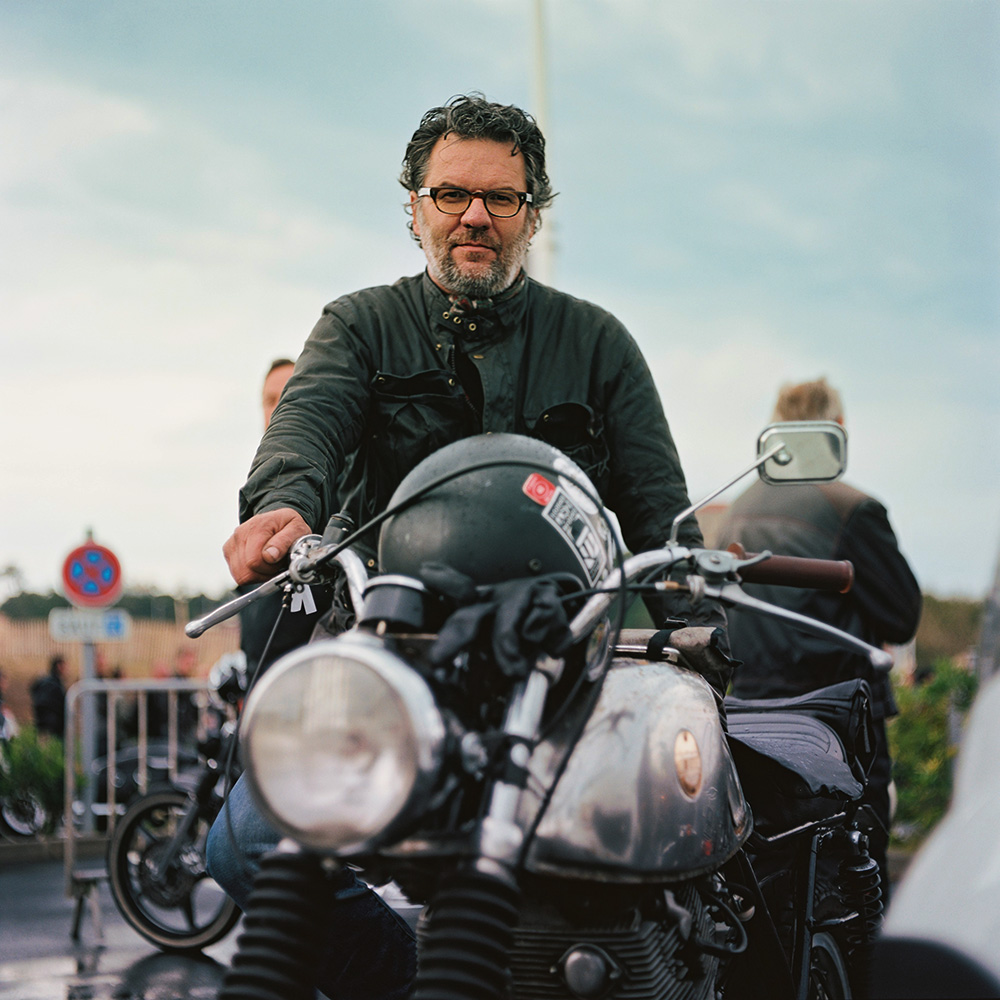
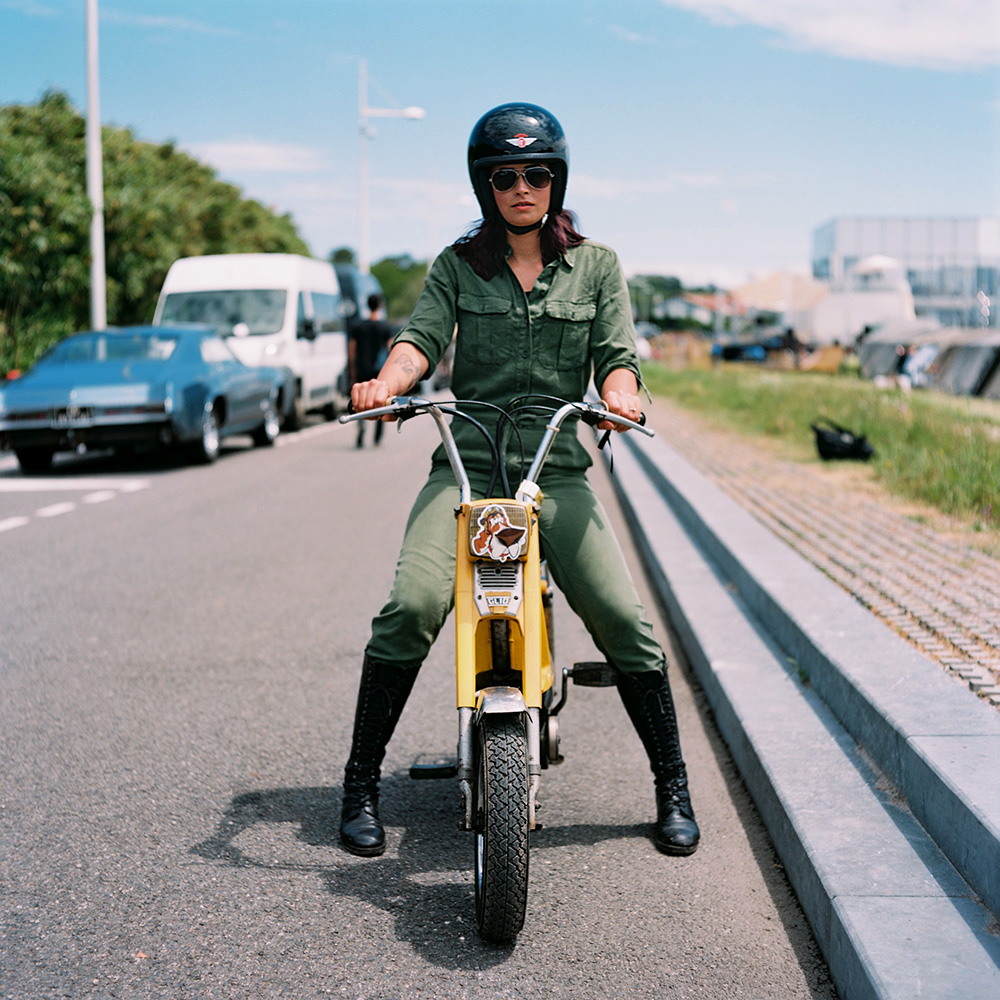
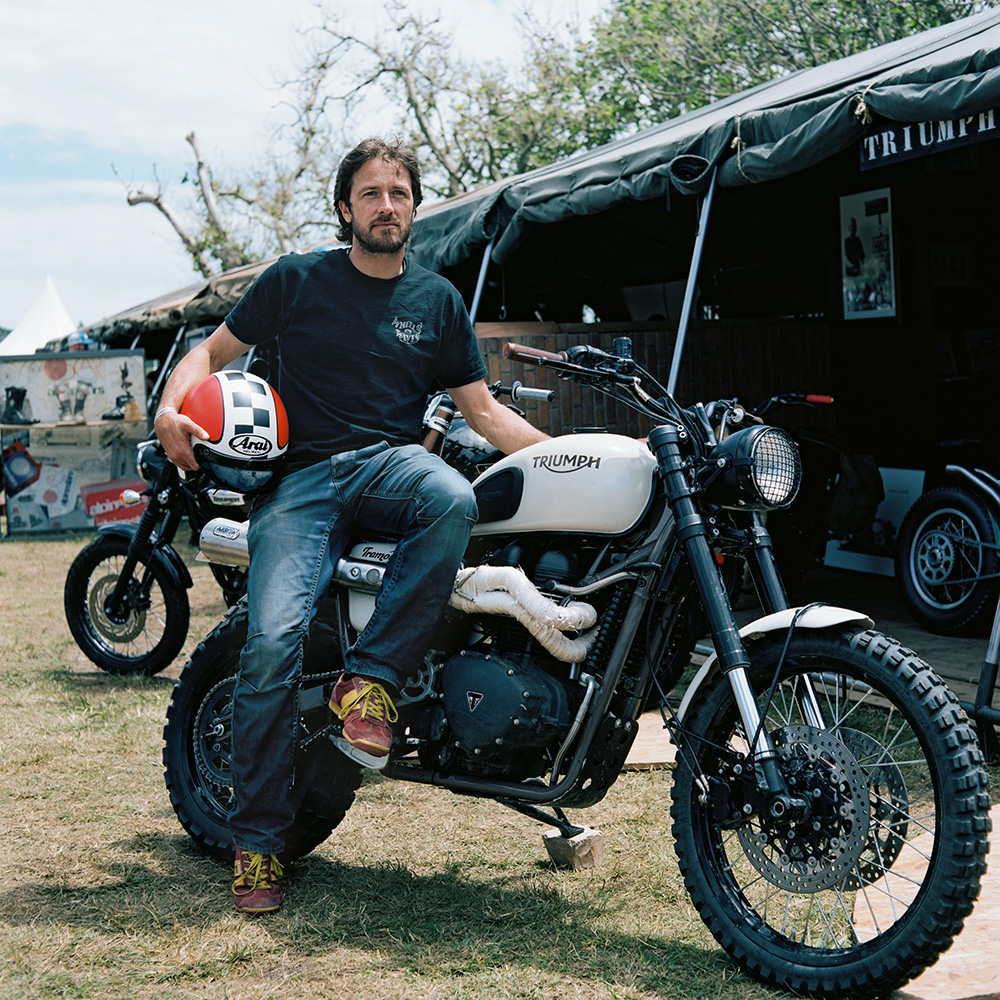

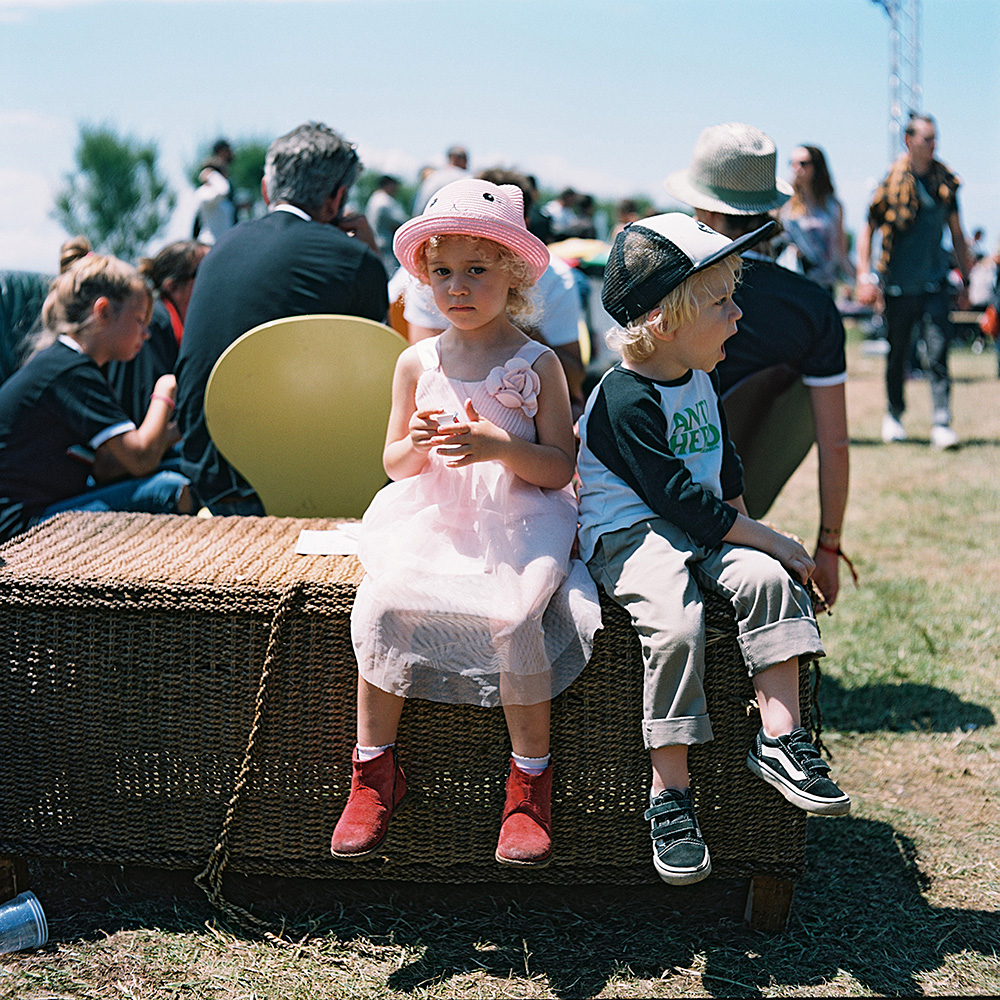
Photos taken at the "Wheels and waves festival", south of France.

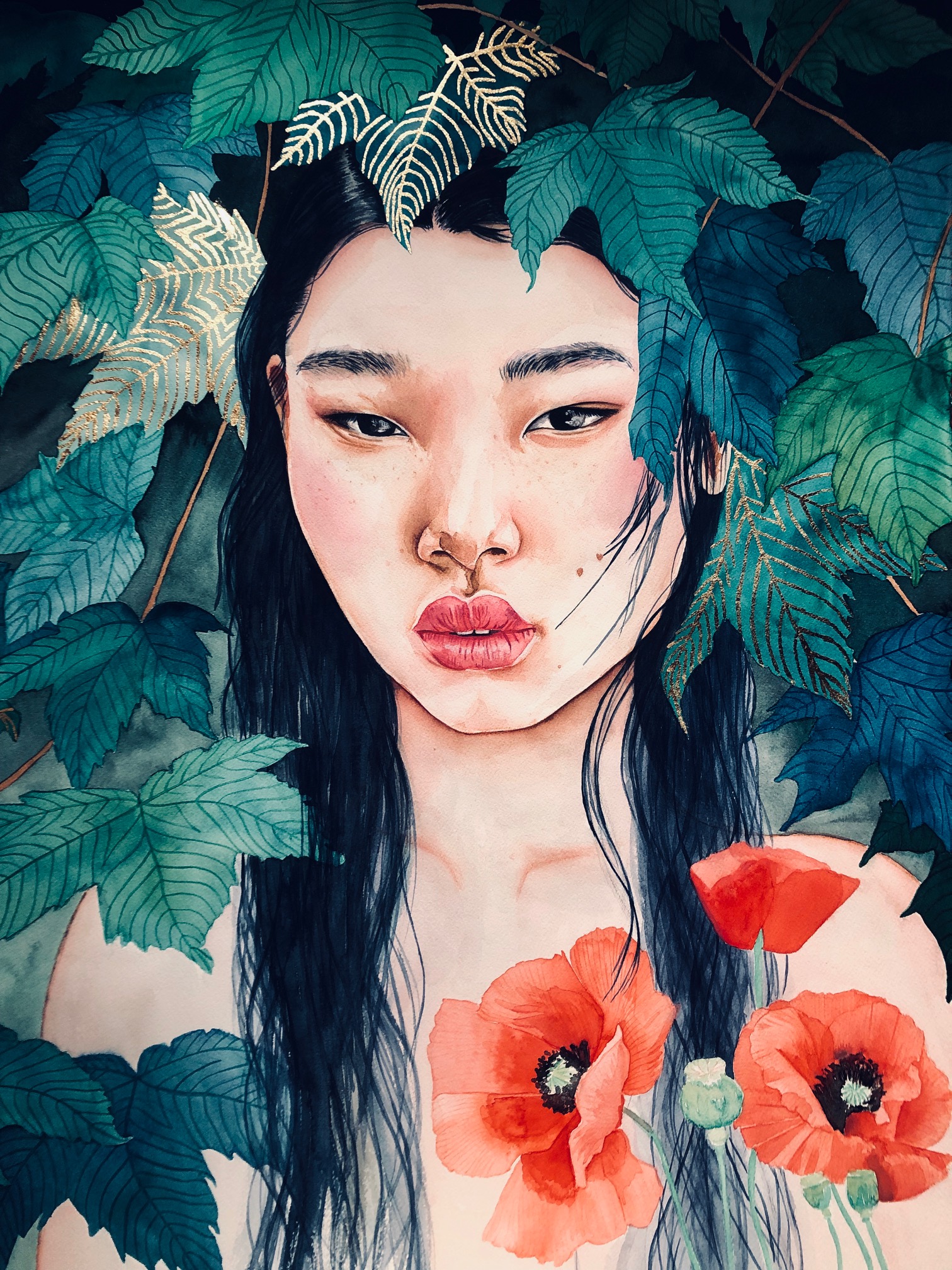

Leave a reply